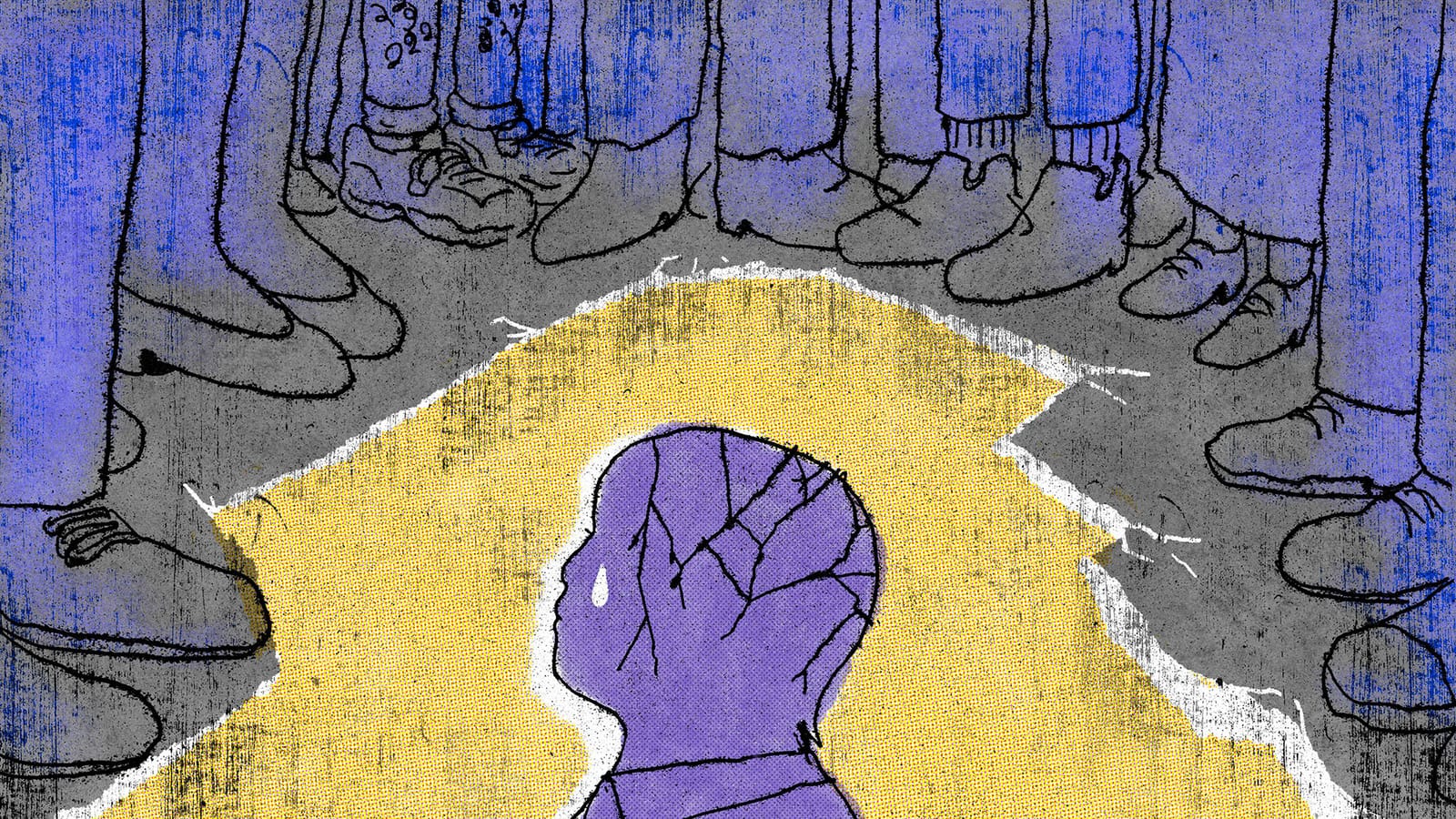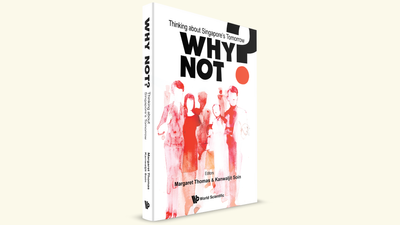Note: pseudonyms have been used for most of the interviewees.
Some of us recall the delirium of our school years with a sense of nostalgia; others, with a sinking feeling in the stomach. The helplessness as our rapidly morphing bodies reacted in ways beyond our control, the confusing navigation between individuality and conformity, a heightened intensity of emotion when confronted with any and every discovery. Everything felt infinite.
For some, the pain, too, felt never-ending. Upon entering secondary school in 2011, Ryan’s classmates ganged up against him for being the “ugly”, “weird”, “skinny” kid. Having already experienced child abuse, the school bullying was too much to bear. Ryan attempted suicide multiple times. In 2021, he wrote about his experiences on Reddit. Elaborating in an interview with Jom, he said that after he submitted an essay about his suicide attempt, his teacher read it aloud in class. “You cannot write about suicide,” they had said. It was just one of the many examples in which mental health was belittled by those around him. “My teacher said that depression doesn’t exist, [that] it’s all in your head. We don’t have depression in this school. You’re being too sensitive.”
One day, the discipline mistress was called in, and Ryan felt what he now recognised as an anxiety attack. Panicked, he ran out of the school compound. “I still can really remember the discipline mistress saying ‘Catch him, catch him.’ You know, like, I’m a criminal. I wasn’t treated as someone who was struggling or youth at risk. I was treated as someone who was a blot to the elite school brand name.”
But what if Ryan’s act was recognised not as an act of rebellion that warranted punitive curtailing, but a cry for help that required genuine treatment? In all likelihood, his mental distress, and the feeling that the system had “failed” him, could have been mitigated.
Singapore has long marketed itself as a hub for world-class education, with students often ranking as top performers in international academic assessments. As of 2022, close to 100 percent of all students graduate from secondary school, with 29.7 percent completing some form of tertiary education, the highest in the world. Unsurprisingly, this has also led to the label of a pressure cooker environment marked by standardised tests, a booming tuition industry, and taboos around youth mental health. Factoring in classes, co-curricular activities, and after-school remedial classes, on average, Singaporean students spend a total of 50 hours a week studying, with 28.6 hours devoted to classes in school and 22.2 hours to additional out-of-school study.
Beyond preparation for examinations, there are clear fundamental roles that a school plays in the lives of youth. During school hours, it can be a space for intellectual pursuits and the learning of social skills. As a central venue for after-school activities, it also transforms the way youth spend their time, ideally channelling boredom into interests, and restlessness into hobbies. At its highest potential, the classroom, as bell hooks, the author and critical pedagogist, famously wrote, “is the most radical space of possibility.”
But what happens when a school, this bedrock of nurture and guidance, is found to inflict deep harm, through staff misconduct, sexual assault, and bullying? These profound points of pain, encountered at a developmental stage in life, can follow one long into adulthood, with extreme consequences.
In recent years, as broader mental health discussions slowly seep into the mainstream, more survivors, like Ryan, as well as administrators and counsellors, are speaking candidly about the potential dangers facing students today. The story they collectively tell is of a system earnestly trying, but still struggling, to equip individuals with the necessary pedagogical and emotional toolkits to adequately address harm in schools.
Even as Singapore works towards constructing the most rigorous preventive measures, when harm does happen, how can Singapore employ best practices that centre the healing of a child, one that enables them to blossom in spite of the odds?
Harm in schools is difficult to closely examine for a variety of reasons, most obviously due to the need to protect the minor’s identity. Cases reported in the mainstream media tend to focus on the legal or disciplinary repercussions faced by perpetrators, but there is little publicly available information on how schools are implementing specific restorative practices for the child who has undergone harm, much less other affected parties.





